"Basically we belong together," says Luca Filigheddu, looking at the dark green silhouette of Corsica on the horizon. "Over here we speak the same language." The motorboat of the 65-year-old Sardinian pulls a white stripe into the turquoise waters. On a cloudless morning he left the northern coast of Sardinia.
In the west, a series of rocky islets disappears in the glittering street of Bonifacio: the granite hills of the Lavezzi archipelago. Together with the Sardinian La Maddalena National Park, they form part of a trans-national marine reserve. Where France - pardon, Corsica - begins and where Italy - scusi, Sardinia - stops, probably know only a few.
photo gallery
11 pictures
Strait of Bonifacio: Happiness of the off season"The Gallurese dialect is very similar on both sides," explains Filigheddu, "but is very different from the Sardinian language." In fact, the inhabitants of Gallura in the north of Sardinia are more culturally and historically linked to the Corsicans than to the Sardinians. After all, long-sparsely populated northern Sardinia was settled by Corsicans after a plague epidemic in the 18th century. Today, the Gallurese have taken over the Dolce vita from the Italians and the Savoir vivre from the French.
With narrowed eyes Filigheddu scans the sea - the skipper is looking for dolphins. In the distance, the rock city of Bonifacio, which was built on a limestone plateau high above the water, flashes. The marine reserve off the southern coast of Corsica is an important nesting site for seabirds. On the Lavezzi archipelago you can see shearwater, crows and coral gulls.
With a little luck bottlenose dolphins will join the boaters. Only in midsummer, when tourists invade their yachts and motorboats with their fleets, they warp out to the open sea. "The sea turtles too much hustle and bustle here," says the boatman, "who prefer the West Coast."
Island of the billionaires: access prohibited
The first island to visit Filigheddu is the flat Île Piana, just a few miles from Corsica. Although she lacks the spectacular granite rocks of her neighbor islands. The sea, however, glows in a Caribbean Samaragdgrün, so that even water shy can hardly resist a snorkeling trip. They are immediately swarmed by hundreds of glittering gangbangs.
Just behind Île Piana lies the Île Cavallo, "Island of the Billionaires," as Filigheddu says, "You can only get there by permission or by helicopter." In the 1970s, the island was a hub of the jet set, for example for Catherine Deneuve and Marcello Mastroianni. Even after Corsican separatists bombed two restaurants in 1990, the stars and billionaires did not let themselves go. Lately, Beyoncé and Alicia Keys have been spotted.
The holiday makers on board, all from the Italian mainland, seem to be satisfied with the idyll of Île Piana. "We always come back to Sardinia," says a deeply tanned Signora from Verona, "the water is just nowhere so clear." You do not seem to notice that she has just left the Corsican Sea. Although the coconut palms are missing on the neighboring island of Île Lavazzo - the Mediterranean sparkles just as turquoise as the Indian Ocean off the Seychelles.
Before Luca Filigheddu sailed tourists to the islands between Corsica and Sardinia, he worked as a sailor. "I was in Asia, Africa and South America," he says, "but nowhere is the sea as beautiful as here." However, because there are hardly any jobs other than tourism, young galleries in particular move away. "My children no longer speak the dialect," says Filigheddu, "many young people are attracted to foreign countries because there is work here only in the summer."
Excursion to the Italian islands: Princess Bay and pink sand
One of those who stayed is Jacopo Andelmi. The 24-year-old with the topknot on the back of his head also sets off from the Gallura coast the following morning to show his small group of guests the La Maddalena National Park - the Italian side of the marine reserve. "From my elementary school year, maybe half of them live abroad," he says, "in Germany, England and Australia, but I never moved away."
Andelmi heads the Isola Spargi. "This bay is called Cala Soraya because the Persian princess bathed here so much," he says. The famous Spiaggia Rosa, just a few minutes' sailing further on the Isola Budelli, today only has a pinkish shimmer that can be seen with much imagination.
A single cell helped the beach once to its special color and its fame. "Too many tourists have repeatedly taken sand and destroyed the ejection of their anchors, the microorganisms," says the guide. The beach is therefore largely closed.
Where Budelli and its neighboring islands Razzoli and Santa Maria almost touch, Andelmi stops for a snorkel tour. "In summer there is boat after boat," says Andelmi, "then you should not even come first." Now several yachts and motorboats are still bobbing in the sheltered area.
In September and October, as long as the water for swimming is still not too cold, is the best time for the Sardinian to visit the archipelago. Or in May or June, when you can still see the snowy mountains of Corsica from here.
Sea without borders - at least for the animals
"Over here on Santa Maria, Roberto Benigni has a house," says Andelmi. He sometimes sees him shopping on the main island of La Maddalena. Long before the director and actor, Italian national hero Giuseppe Garibaldi chose the archipelago as his retirement home. He died in 1882 on the island of Caprera.
Had it gone to Napoleon, the entire archipelago would have been long since been French. In the battle of La Maddalena wanted the later Emperor of the French 1793 secure the archipelago for the Grande Nation. The young general failed, however.
The transnational marine reserve should, however, posthumously fulfill a dream - albeit different from what he thought up. In any case, the dolphins and rare coral gulls seem to be right where the people are pushing their limits - and the galleries on both sides of the strait are a tradition.
Winfried Schumacher is a freelance writer at SPIEGEL. The research trip was supported by FTI and the Delphina Hotels & Resorts


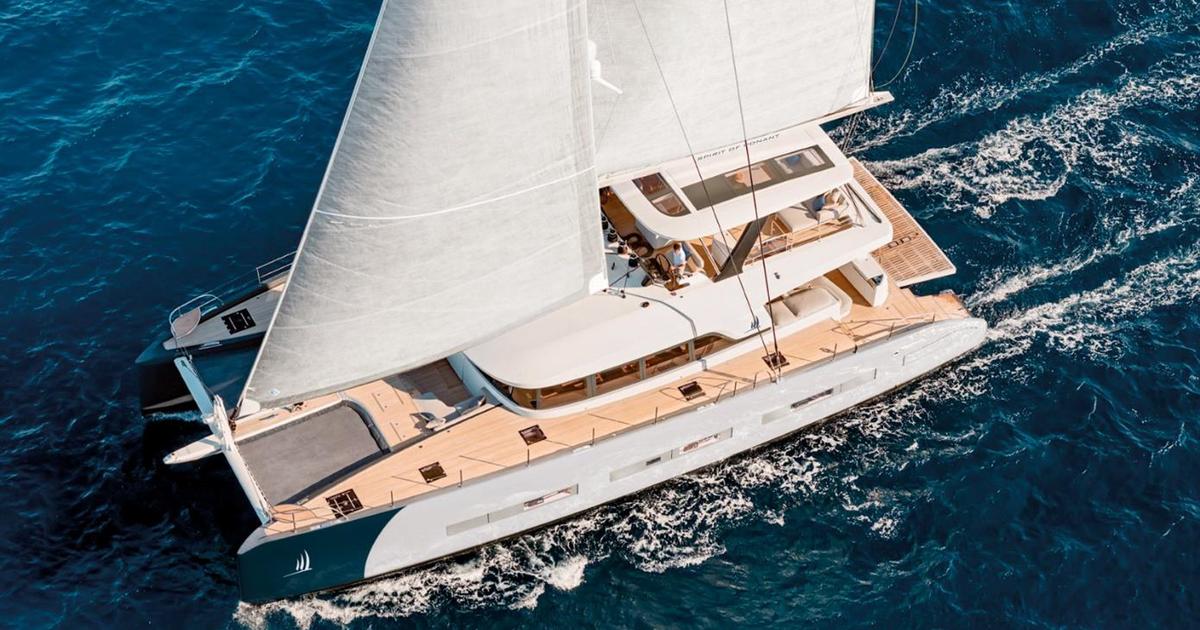
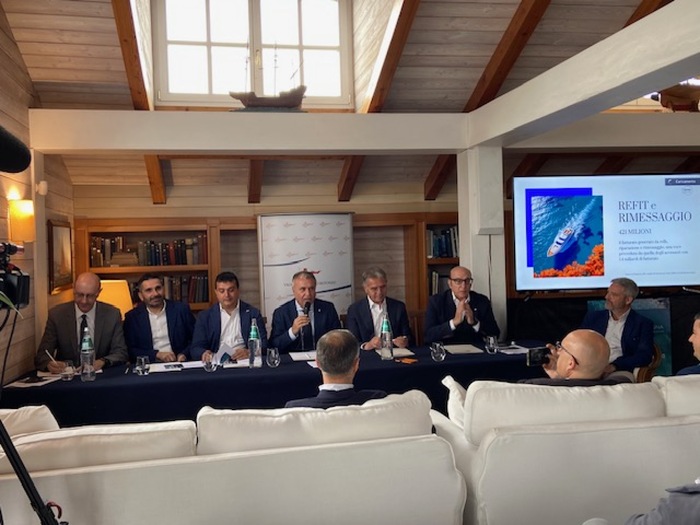
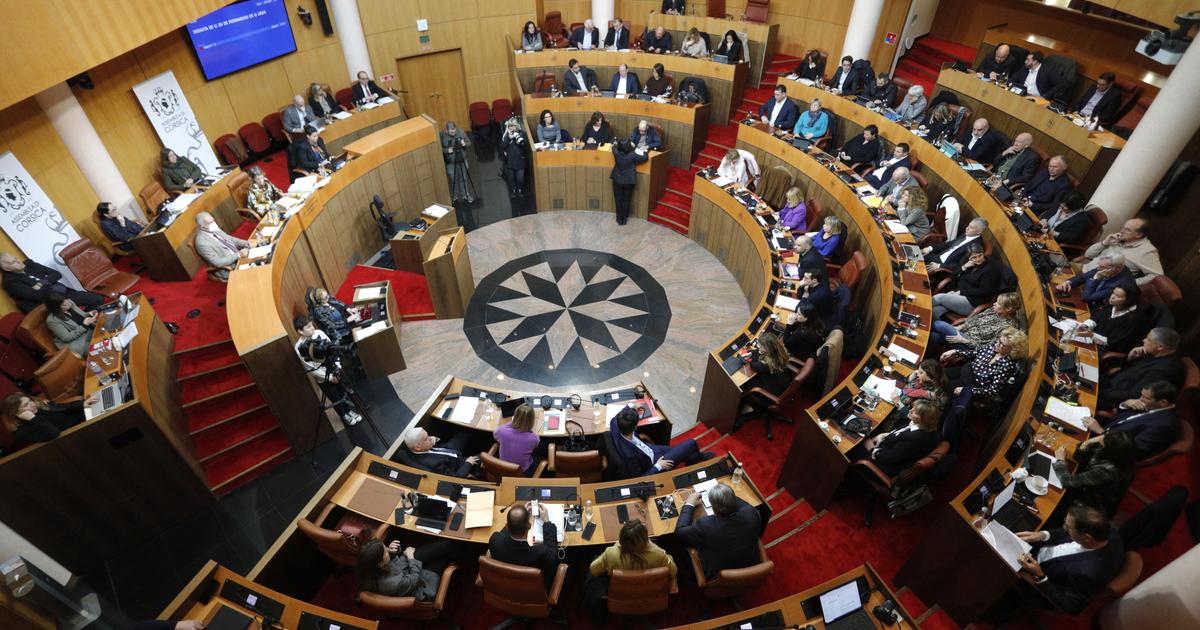



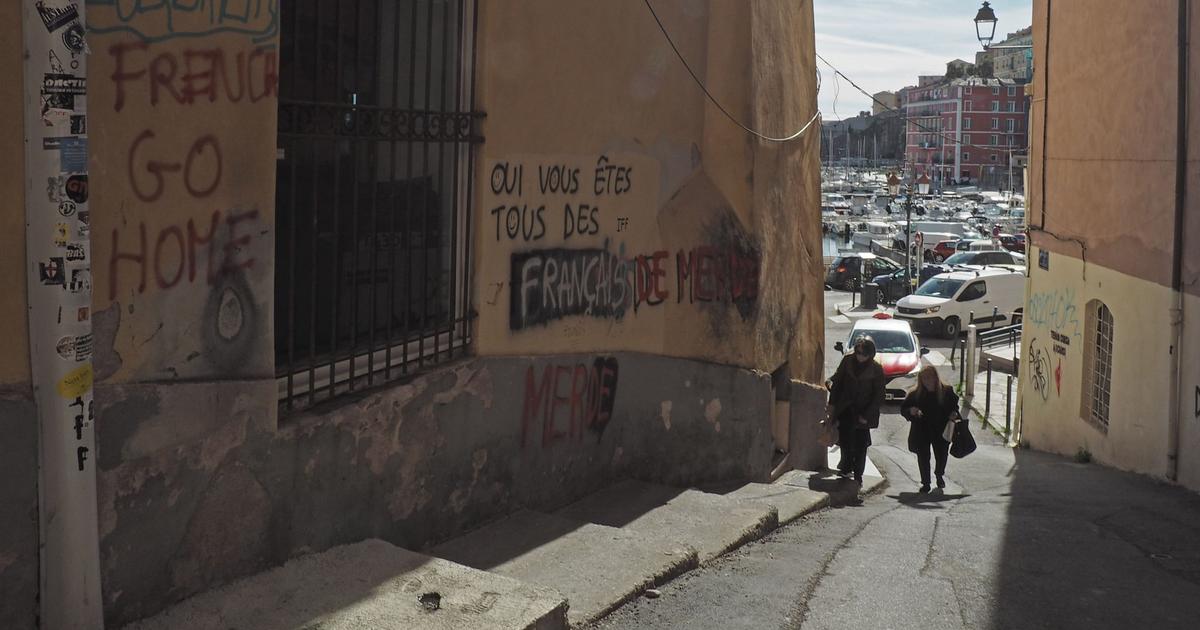
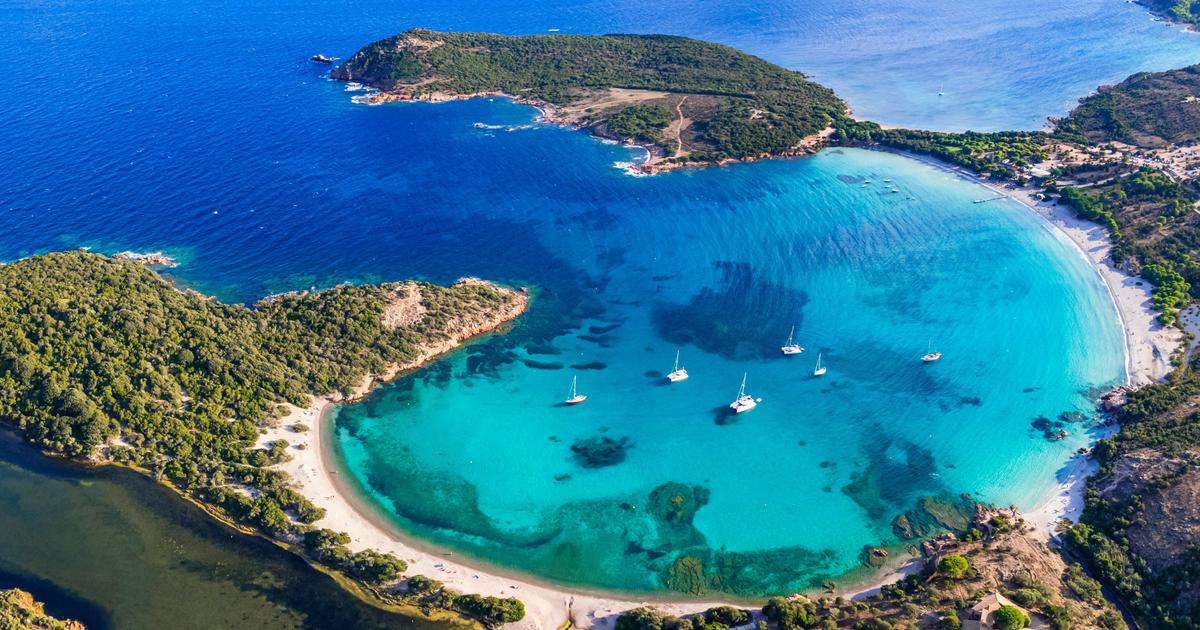




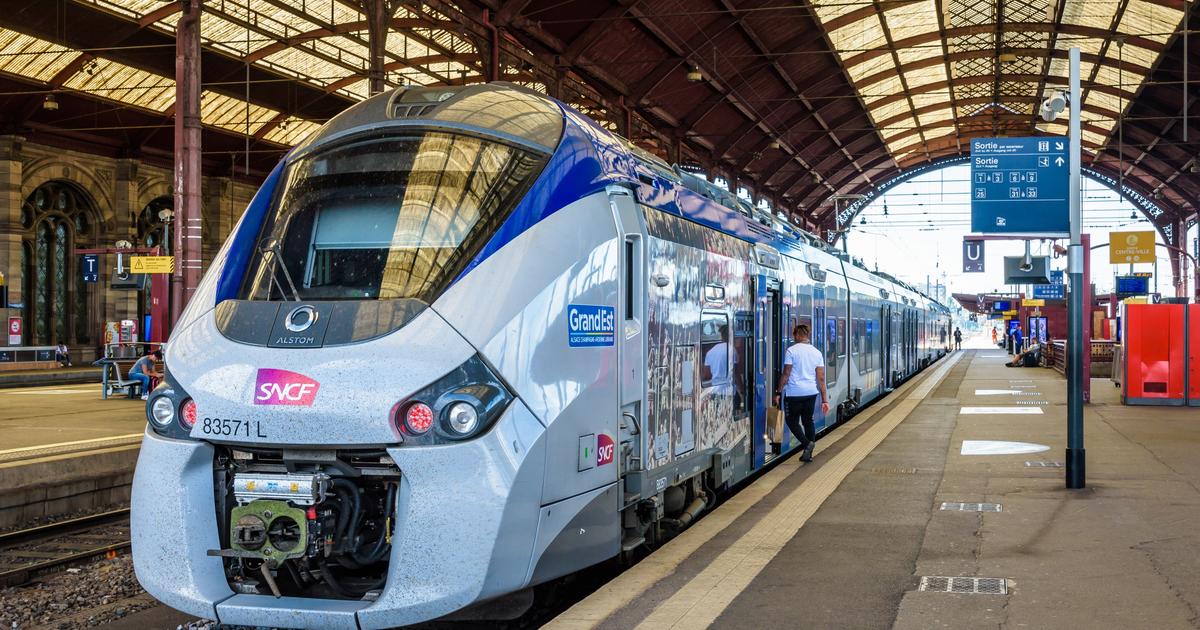
/cloudfront-eu-central-1.images.arcpublishing.com/prisa/H7U7FJNUZBG6BPL5PZCMGC6EUY.jpg)